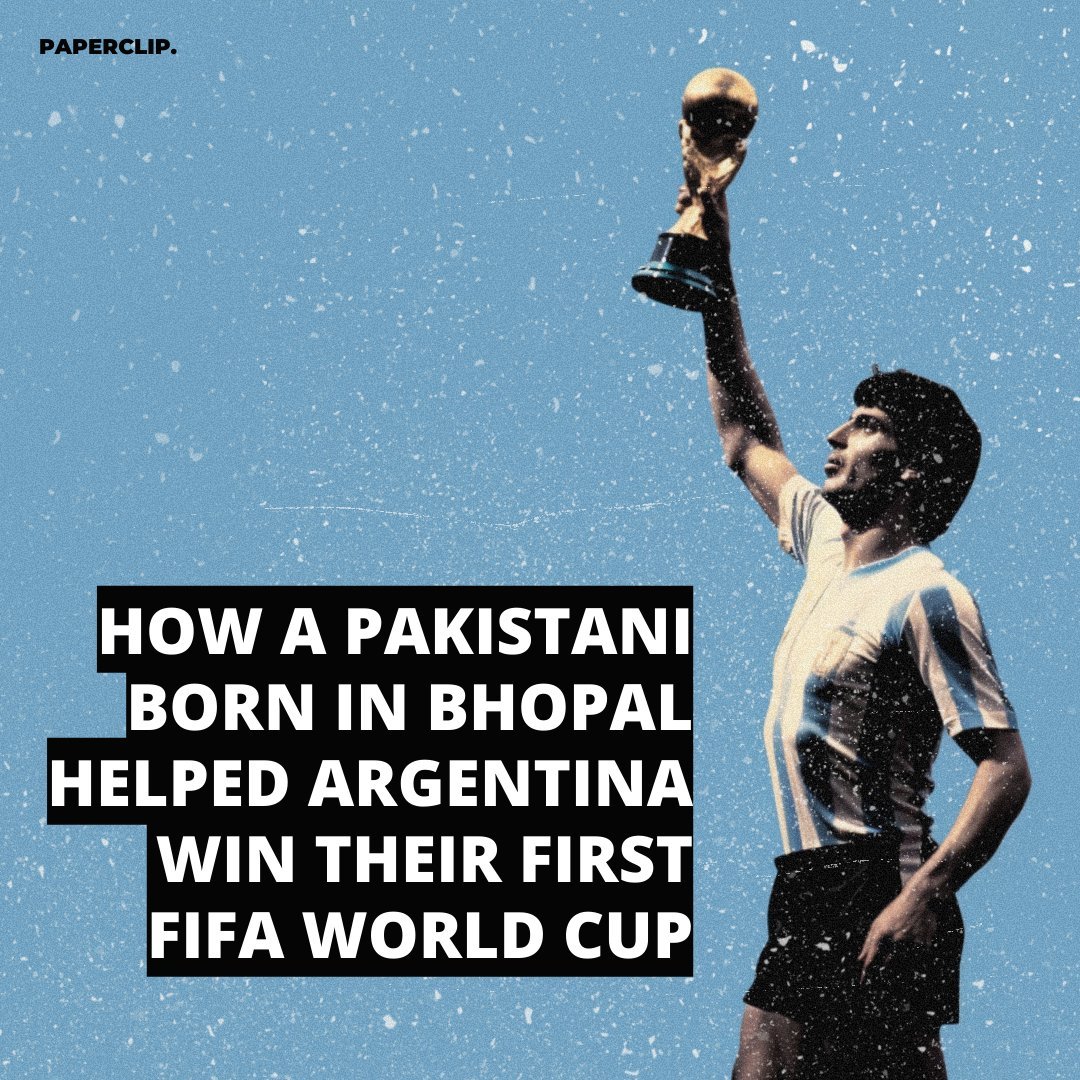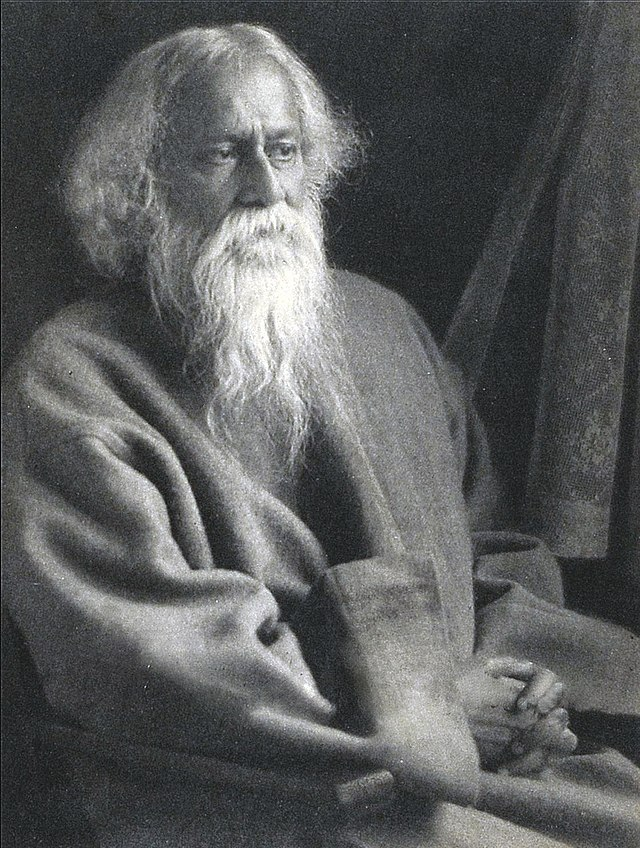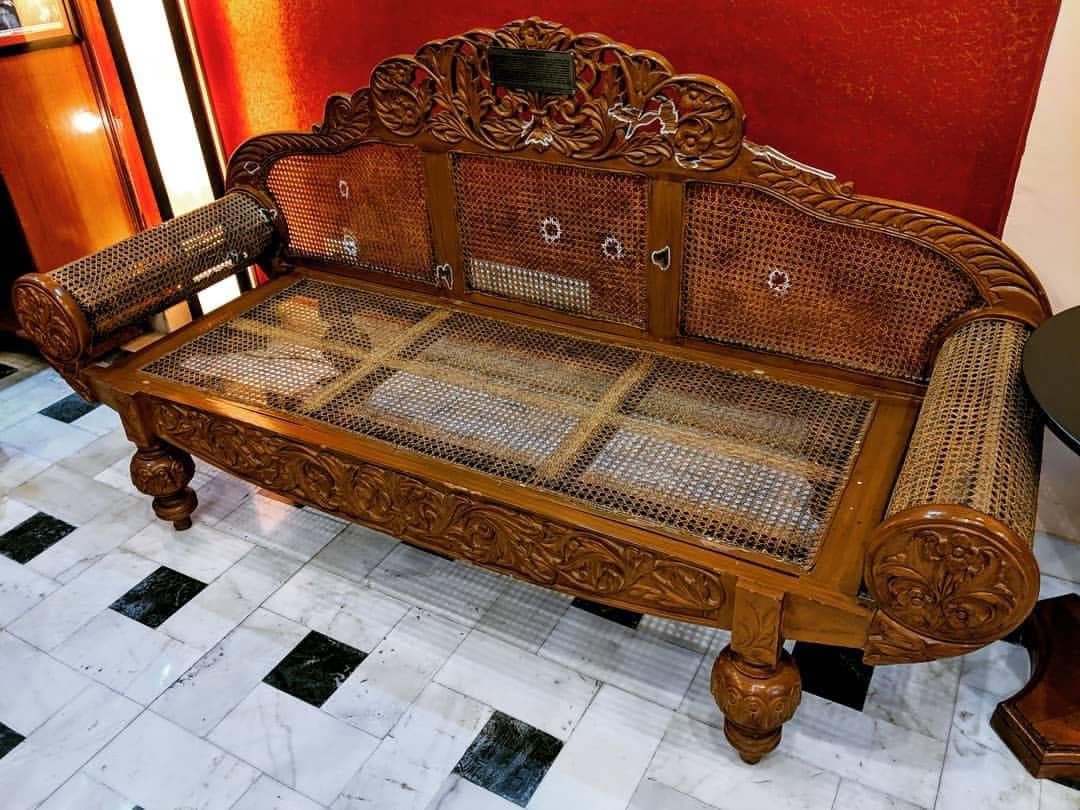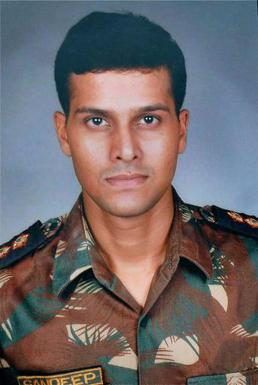On 20th October, 1962, Chinese PLA launched attacks on Indian positions in both Ladakh and NEFA, sparking off the Sino-Indian border war. The conflict hides a resonating story that would shape Kolkata's vibrant food culture in years to come (1/n) 

There was a small family of Chinese immigrants who lived in Shillong and owned a small eatery. But things changed for them as the war broke out and on a cold November morning, the sounds of army boots woke the family up (2/n)
One eight-year-old little girl, with her parents and siblings, were overnight uprooted from their home, sent on a train to Jaipur with thousands of other Chinese-origin people, and interned at Deoli refugee camp (3/n) 
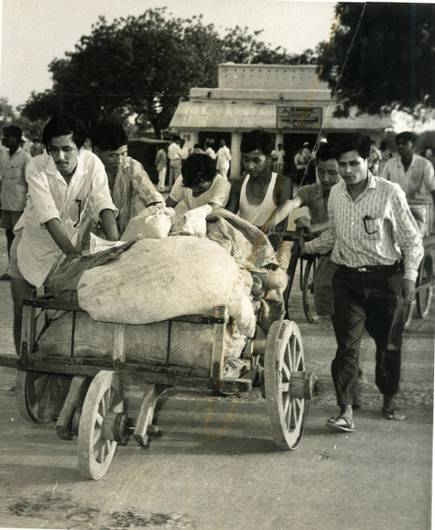
The little girl, Monica Liu (born Leong Sue Yek), grew up in the refugee camp, took care of her siblings, learned farming and cooking, taught other refugee children to sing, dance, and enact Ramayana (4/n)
Six long years after the end of the war, the family came back to their home-town penniless and spent months in near starvation. The little girl, a gritty woman by then, started a small Chinese restaurant to support her family in Tyangra, Kolkata (5/n) 

Over the coming years, Monica became a stalwart within the Chinese community and had to face off with goons in order to run her restaurants earning herself the nickname ‘The Don Of Chinatown (6/n) 
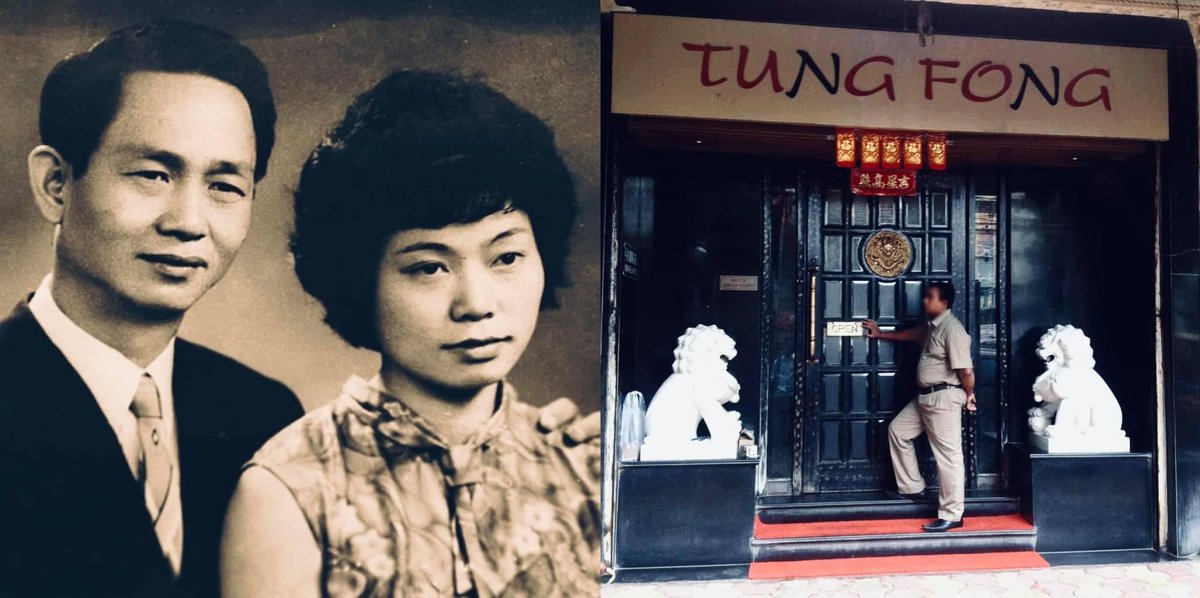
Today Monica Liu owns four iconic Chinese restaurants across Kolkata — Kim Ling, Mandarin, Beijing, and Tung Fong. We doff our hat to this incredible lady!! #kolkata #kolkatafoodtrails #kolkatachinese 


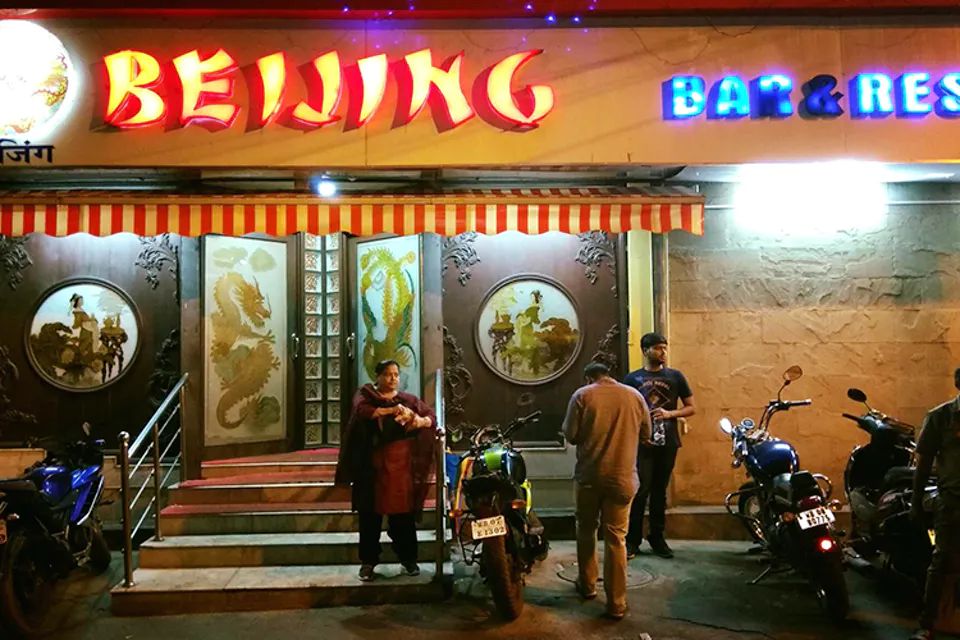
• • •
Missing some Tweet in this thread? You can try to
force a refresh


